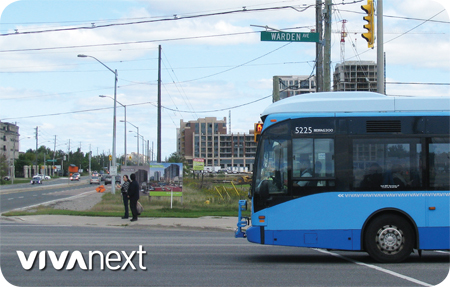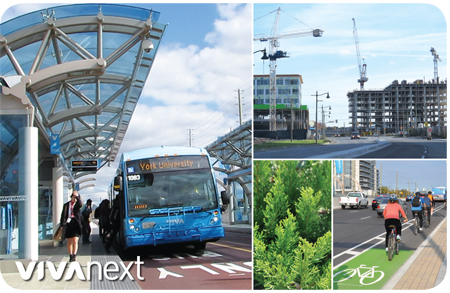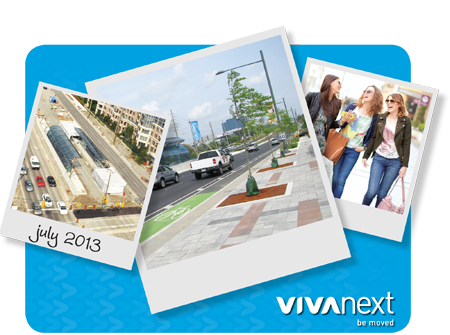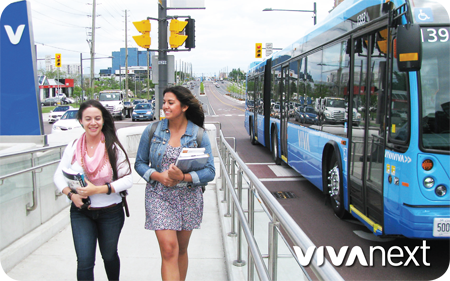An exciting new urban planning report — Make Way for Mid-Rise: How to build more homes in walkable, transit-connected neighbourhoods — proposes actions that would help increase density along transit lines in the Greater Toronto Area. The report was released by the Pembina Institute and the Ontario Home Builders’ Association on Monday, May 4.
The nugget of this report is that the range of affordable housing choices for families would increase by building mid-rise, mixed-use buildings along transit lines. The report argues that mid-rise development supports “healthy lifestyles and local economies, since it can help increase walkability and put more people close to transit, while also supporting local business.”
So, should our communities “make way for mid-rise”? If we want our cities to have a better chance of developing the type of population density that supports a healthy neighbourhood with street life, walkability, and good transit, then, yes!
As the populations of York Region and the Greater Toronto and Hamilton Area increase, it’s the job of government, urban planners, and developers to ensure that the community infrastructure is properly accommodated, and resources like farmland and clean water are protected.
The Make Way for Mid-Rise report presents five ways to support increased density:
- Require minimum densities along rapid transit lines
- Eliminate minimum parking requirements
- Pre-approve mid-rise development along avenues and transit corridors
- Require retail planning before mid-rise is built
- Make parkland dedication rules more equitable
When transit planning and urban planning work together, the result can be what vivaNext is all about: great cities and great transit, hand in hand.
Take a few moments to check out the report, Make Way for Mid-Rise, and read more about the proposals in the Toronto Star.










